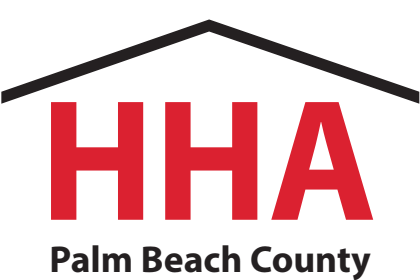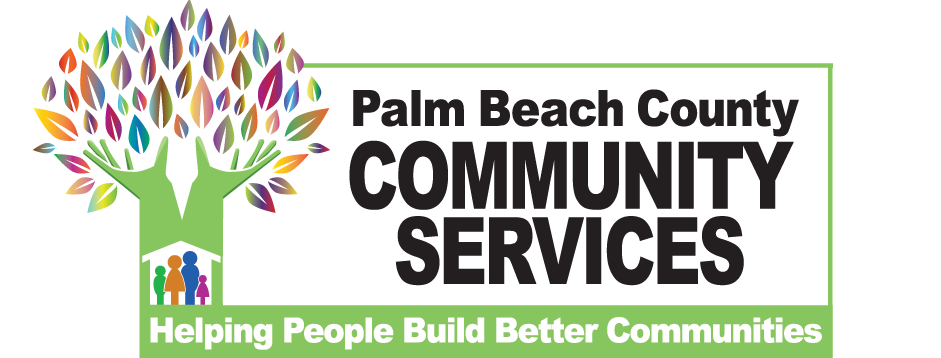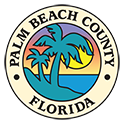What Is Veteran Homelessness
The veteran homelessness population is made up of veterans who served in several different conflicts, ranging from World War II to the recent conflicts. Though research indicates that veterans who served in the late Vietnam and post-Vietnam era are at greatest risk of homelessness, veterans returning from the recent conflicts in Afghanistan and Iraq often have severe disabilities, including traumatic brain injuries (TBIs) and Post Traumatic Stress Disorder (PTSD) that are known to be correlated with homelessness. And as the military evolves, so do the challenges. Homeless women veterans, for instance, are far more common now than in any other time in the past.
Why is Veteran Homelessness Important to Address?
For many veterans who are homeless, their circumstance is a peripheral of their service. In other words, they sometimes come home from service suffering from disorders such as PTSD that lead to them not being able to work and, therefore, end up homeless. These are individuals who sacrificed for our country. It is our duty, now, to provide a stable environment for them again.
What Palm Beach County Do Together to Make Progress on Veteran Homelessness?
- Align regional priorities with the VA’s take-down target to achieve “functional zero” veteran homelessness by 2018.
- Create a community resource center focused on homeless veterans (CRRC). Often trust must be built with long-term homeless veterans before they are willing to enter housing.
- Create housing and support for veterans not eligible for VA benefits.
- Create a globalized coordinated assessment system of identification and prioritization for homeless veterans to be housed, working with local outreach workers, the VA, the Public Housing Authority, and service providers. Part of this system includes a bi-weekly conference call among the participants to update the priority list.



